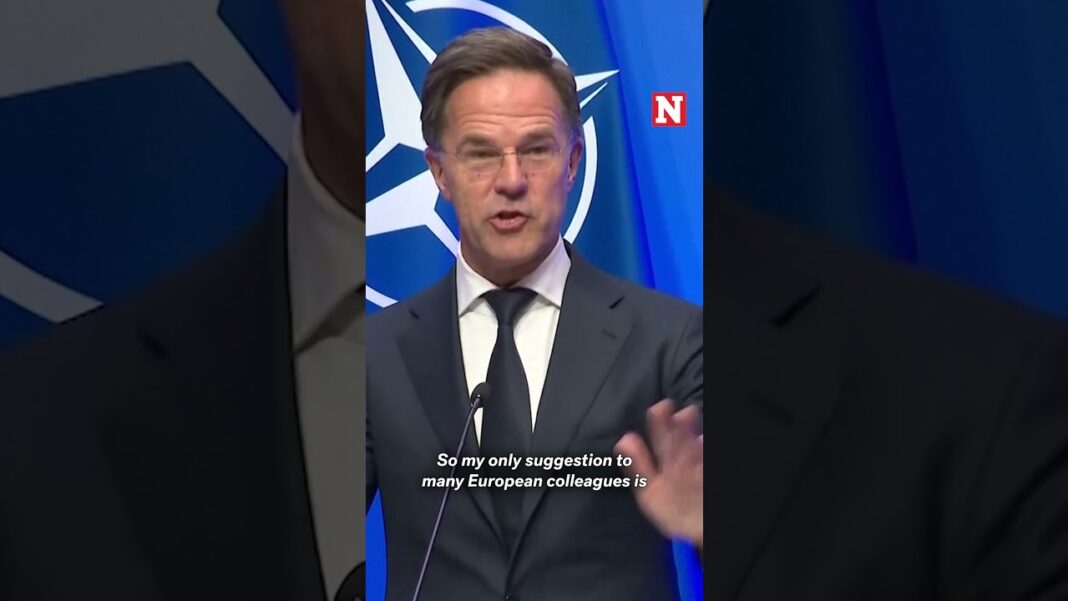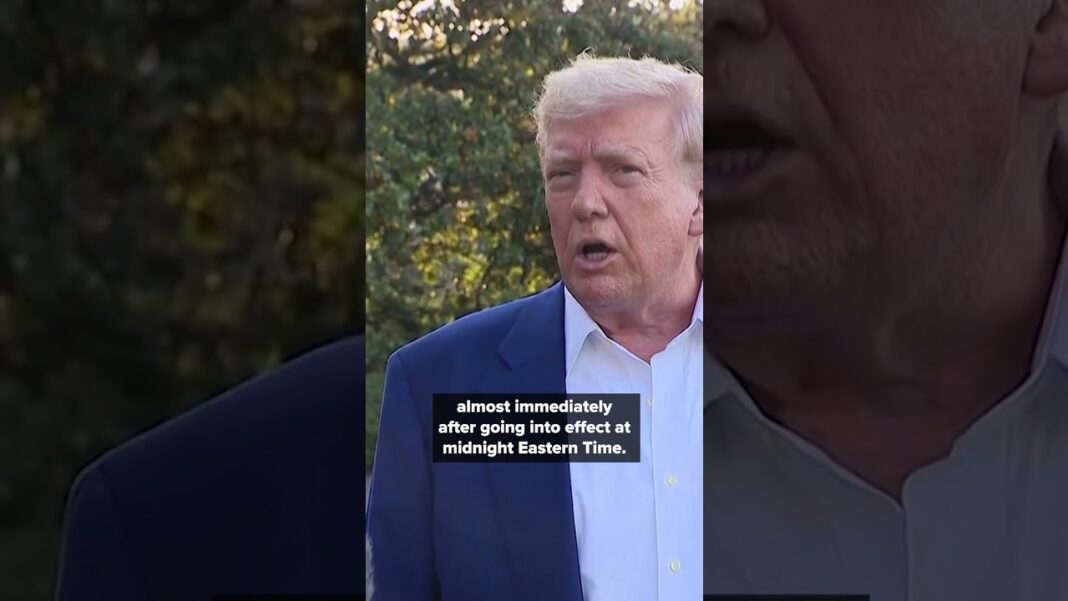Chinese investments in Iran are at risk.
Commentary
The long-term interests of the Chinese Communist Party (CCP) are being damaged by the Israel–Iran conflict.
China has been one of the few countries to side with Iran by publicly condemning Israel’s strikes on Iranian nuclear sites and military targets as a violation of Iran’s sovereignty and urging immediate de-escalation of the conflict.
As the outrages of Iranian proxies such as Hamas, Hezbollah, and the Houthis have captured the attention of the world in recent years, China has become increasingly isolated over its overt support for Iran, which has included jump-starting Iranian nuclear research capabilities in the early 1980s.
The reality is that China is protecting its significant investments in Iran, on both the economic and diplomatic fronts. By some estimates, China has invested at least $40 billion in Iran since the Iranian Revolution of 1979, with emphasis on building Iran’s energy infrastructure that facilitates the export of Iranian oil and gas to energy-poor China.
On the diplomatic front, China was among the first countries to recognize the Islamic Republic of Iran on Feb. 14, 1979. Since then, Beijing has cultivated diplomatic relations with Tehran through nonalignment and noninterference policies in the final years of the U.S.–Soviet Cold War and beyond, a stance that resonated in Tehran.
China’s significant investments in Iran could be at risk or at least be problematic for the CCP on the diplomatic front. Let us examine the issue.
China and Iran Since 1979
The previously nonexistent relations between Iran and China began to blossom after the Iranian Revolution of 1979. It is no coincidence that pariah countries seem to find each other and do business together, in one way or another. Iran has been the world’s foremost state sponsor of terrorism for 39 years, according to the U.S. State Department. The Chinese regime has practiced cultural genocide and forced organ harvesting for decades.
Be that as it may, the relationship started slowly and followed an upward trajectory that paralleled China’s economic and military expansion and outreach, which greatly accelerated under Chinese leader Xi Jinping. Some of the highlights:
China shifted away from supporting global communist revolutions in favor of “diplomatic pragmatism” and economic modernization in the 1980s. In Iran’s case, this meant withdrawing support from the communist Tudeh Party in favor of state-to-state diplomatic relations.
By Stu Cvrk







